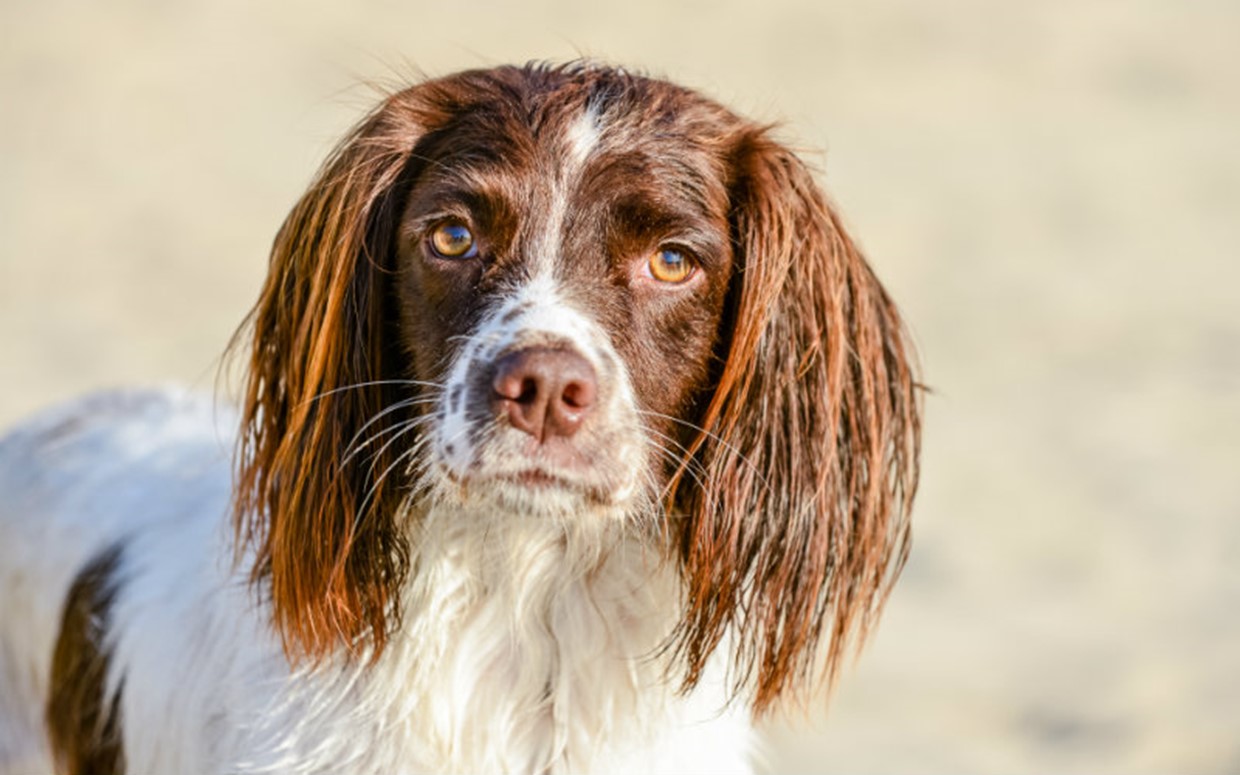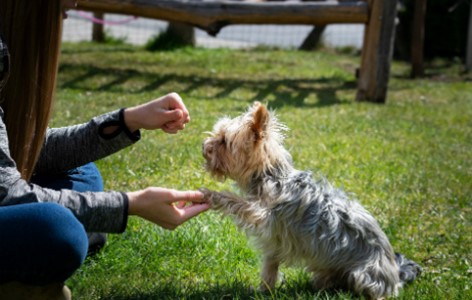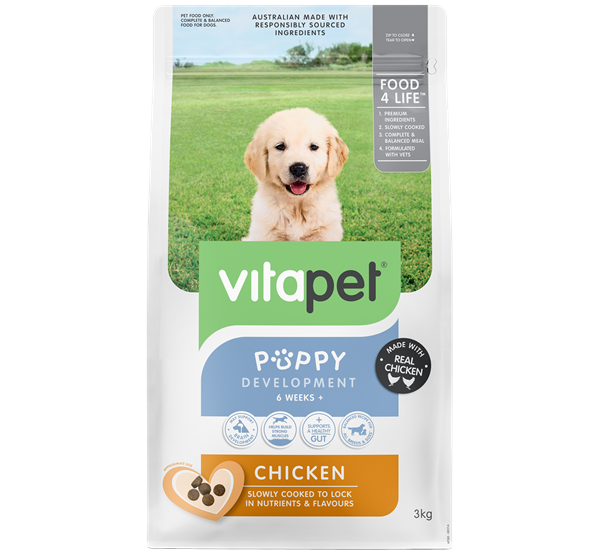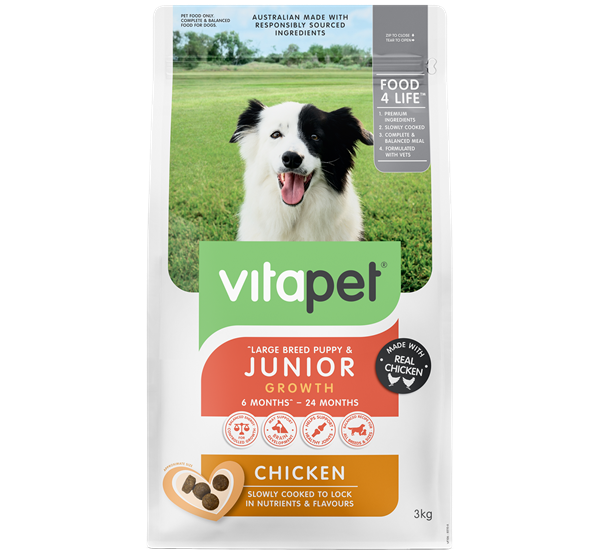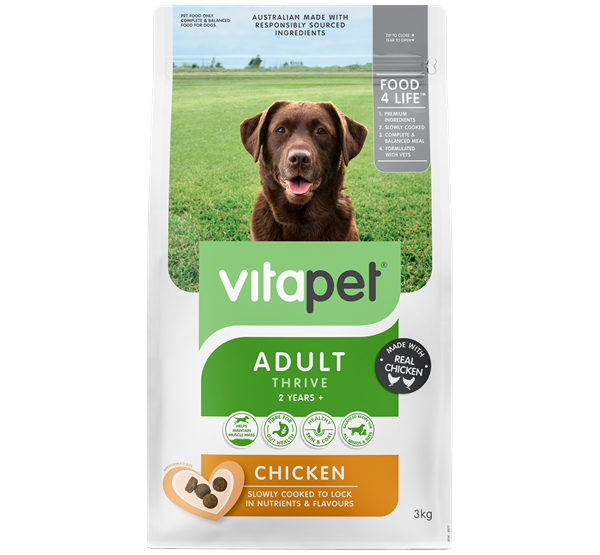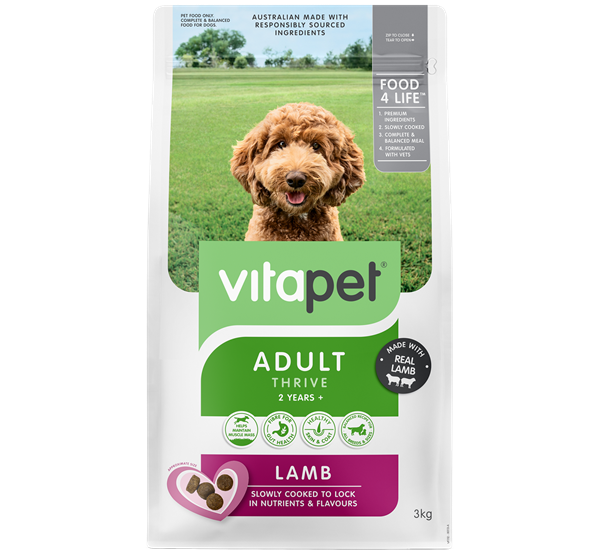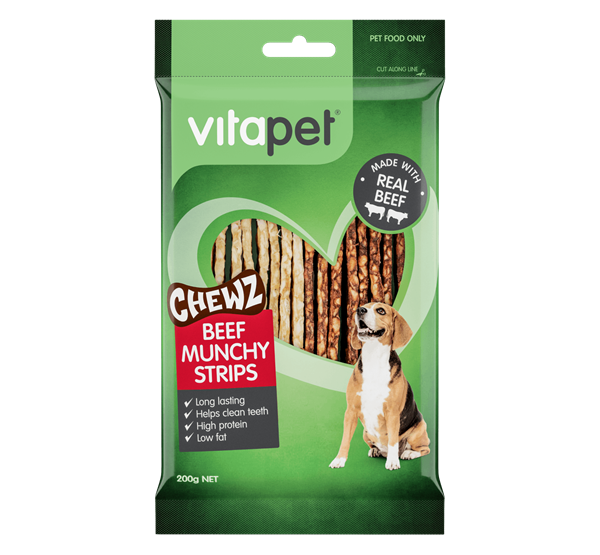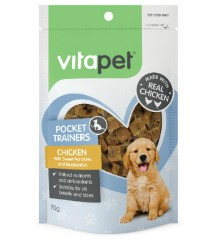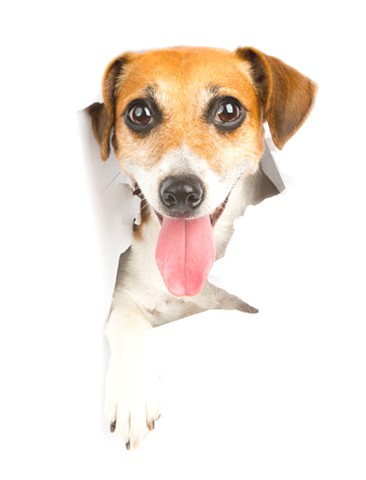The paralysis tick is the tick species in Australia that probably poses the biggest threat to dogs. Most common on the east coast of Australia, its primary hosts are native animals, however this tick can also target our domestic pets. Regularly checking for tick bites on your dog is important, especially during tick season.
But what does a tick look like on a dog?
Ticks are brown and grey in colour and feel like small round bumps on the surface of your dog’s skin. Depending on how long they’ve been attached, they can vary in size from a pin head to a thumbnail. When ticks attach to dogs they secrete a paralysing toxin when they feed. Left untreated, they can cause respiratory or heart failure and are life threatening. A paralysis tick bite on a dog can cause symptoms including laboured breathing, excessive salivation, dilated pupils, wobbly legs, vomiting, coughing and collapse.
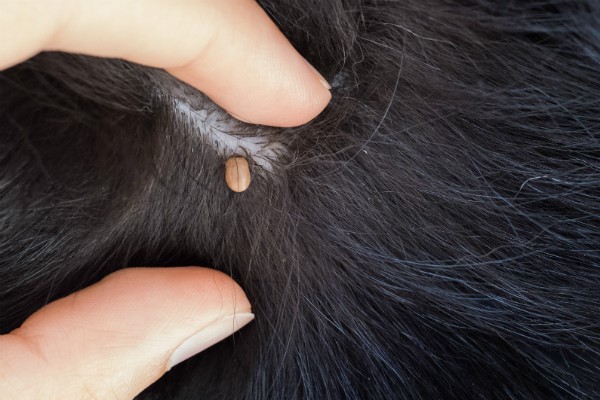
Ticks can appear anywhere on your dog however they prefer dark and hidden areas including under the collar, between the toes, under the tail, in the groin area and even inside the mouth so it’s important to check all these areas thoroughly. Regular grooming with a fine-tooth comb, running your hands through your dog’s fur and close inspection of the skins surface can help you find ticks on your dog.
Puppies and dogs are most at risk of a tick bite if they live in tick prone areas of Australia and spend a lot of time outdoors, particularly in grassy or bushland areas where native animals live.
This is why prevention is so important.
Shampoos and sprays specifically formulated for ticks are available, as are spot on and oral treatments. These products can help to prevent attachment and poisoning. Minimising the time your dog spends outside, by keeping them indoors, can also help as well as avoiding grassy areas and bushland during tick season.











